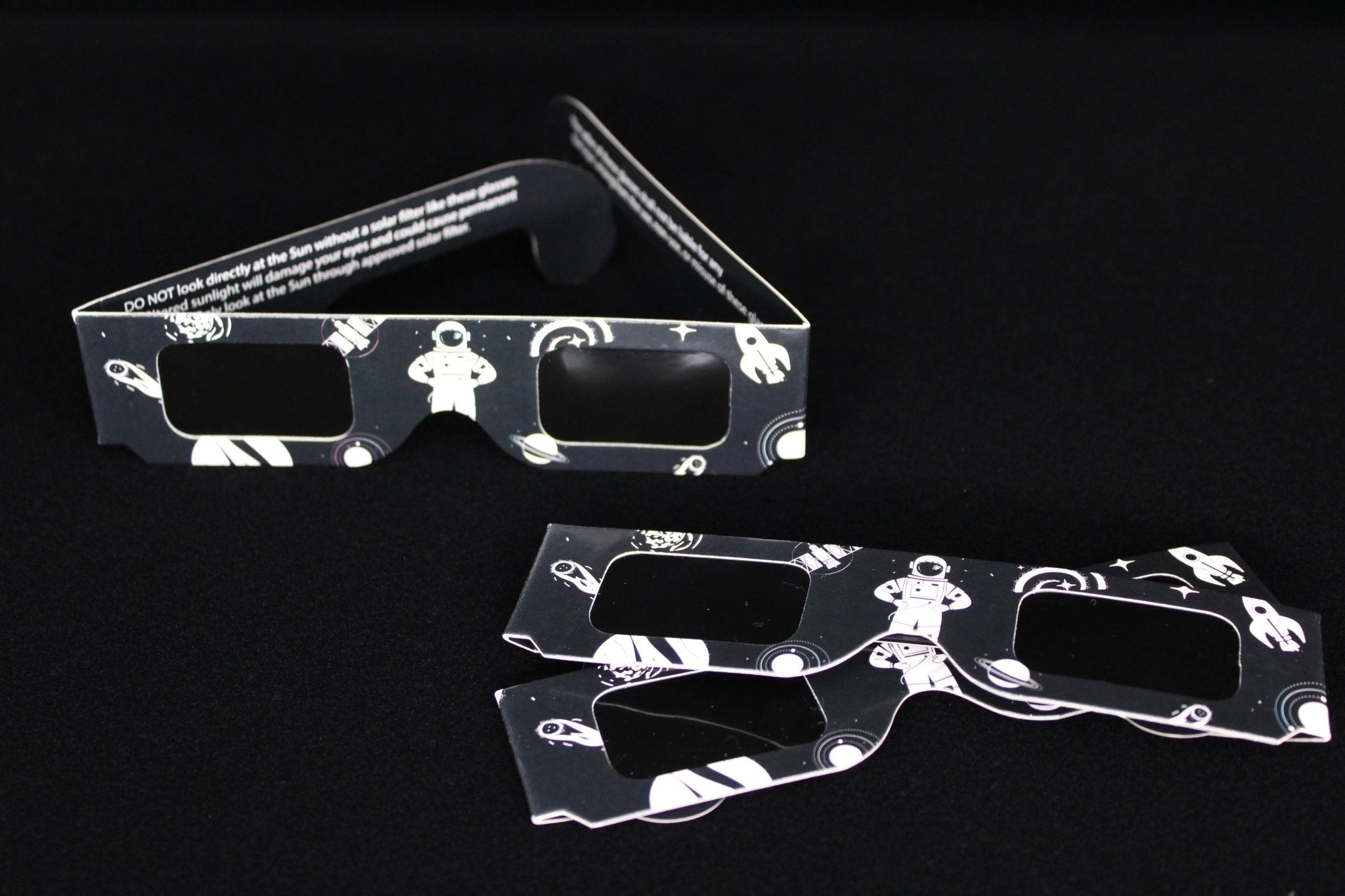Gazing Safely at the Sun
The history of solar viewers stretches back hundreds of years, illustrating humanity's perennial curiosity about the cosmos, especially our closest star – the Sun. It's a tale of innovation, safety, and our relentless desire to understand the skies above.
Ancient Observations
Long before the development of sophisticated solar viewers, ancient civilizations were already fascinated by the Sun. Early humans noticed the cyclical nature of solar events like eclipses and solar transits. Ancient texts and artifacts from cultures like the Chinese, Babylonians, and Mayans have recorded solar events, indicating that they had ways of observing these phenomena.
But without the protection of modern viewers, how did they look at the sun? In ancient China, for instance, astronomers used a simple pinhole method, where sunlight passed through a small opening, projecting an inverted image on a surface behind. This rudimentary form of solar viewing allowed them to observe the solar disk without directly gazing at it.
Telescopic Views
The invention of the telescope in the early 17th century was a turning point. Suddenly, celestial bodies could be observed in greater detail. Galileo Galilei, an Italian polymath, was among the first to point a telescope towards the Sun. However, without proper protective measures, this method was risky. Early solar observers risked their eyesight, with some like the English astronomer, Sir William Herschel, suffering eye damage.
By the 18th and 19th centuries, astronomers started using solar projection techniques. They pointed a telescope at the Sun and projected its image onto a white screen. This allowed multiple people to observe the sun simultaneously, without any direct exposure to its harmful rays.
Modern Solar Filters and Viewers
The 20th century saw a rise in public interest in space and the skies. This meant more people wanted to observe solar phenomena, which increased the demand for safe solar viewing tools. As a result, various types of solar filters and viewers started to flood the market.
One of the most popular solar viewers to emerge was the “eclipse glasses.” These were made of a special material that filters out the harmful ultraviolet and infrared radiation, allowing only a minuscule fraction of visible sunlight to pass through. They made viewing solar events, especially solar eclipses, both safe and accessible to the general public.
Additionally, advances in telescope technology led to the development of solar-specific telescopes equipped with special filters. These telescopes enabled detailed observations of the Sun, revealing sunspots, solar flares, and other solar activities in unprecedented detail.
Solar Safety Standards
As interest in solar viewing grew, so did the realization of the potential hazards. Directly looking at the Sun without protection, even for a few seconds, can cause permanent eye damage. Recognizing the potential risks, organizations like the International Organization for Standardization (ISO) established safety standards for solar viewers. Today, legitimate solar viewers adhere to these standards, ensuring safety for all users.
Digital Era and Solar Observations
The digital age has further revolutionized solar observations. Modern solar telescopes equipped with digital cameras and filters allow astronomers to capture detailed images and videos of the Sun. These images can then be shared and viewed on digital platforms, making solar observations accessible even to those without specialized equipment.
Furthermore, space agencies like NASA have launched solar observation satellites, like the Solar Dynamics Observatory (SDO), which provide real-time high-resolution images of the Sun. These satellites offer unprecedented views of the Sun, from its fiery corona to the intricate dance of solar flares.
Conclusion
From ancient pinhole projections to modern digital solar telescopes, the history of solar viewers tells a story of human ingenuity and our enduring fascination with the Sun. As technology continues to advance, it's exciting to think about what the future holds for solar observations. Perhaps, with innovations like virtual reality and augmented reality on the horizon, we might soon be able to experience solar phenomena in entirely new and immersive ways.
For now, as we stand at this point in the timeline of solar observation, we have a wide array of tools at our disposal. Whether you're a professional astronomer or a casual sky-gazer, there's never been a better time to safely gaze at our magnificent Sun and marvel at its wonders. Always remember: the Sun has been shining for over 4.5 billion years, and with the right tools, we can enjoy its splendor without harm.



Share:
Viewing Eclipses Safely: Using Solar Filters with Smartphones
Safely Viewing a Solar Eclipse